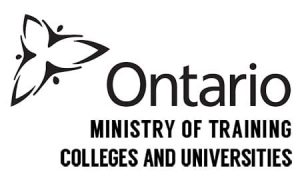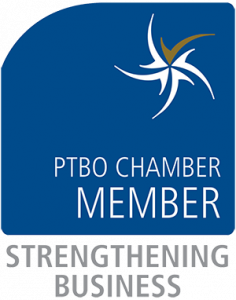
When people hear the word “audit,” they may automatically think of accountants and finance regulations. However, audits are done in several industries to assess processes and products. In the pharmaceutical manufacturing industry there are many different types of audits. There are audits for safety conditions within a facility, sanitation audits, and good manufacturing processes (GMP) audits, among others.
Additionally, in the case where a problem has occurred, an audit will help an organization figure out what happened and how to prevent it from happening again. Audits may be done internally, but are also a tool used by regulatory agencies to hold companies accountable to standards that protect consumers. They provide a way for manufacturers to ensure that they are meeting standards, maintaining a high level of safety, and producing quality products that deliver what is advertised. Keep reading to find out what is involved in an audit.
Establishing Objectives
As a pharmaceutical manufacturing technician it will be important to understand how audits work. When a manufacturer must perform an audit, the objective must be clear. For example, if the manufacturing facility is undergoing a compliance audit, that means the products will be tested for quality, efficacy, and the presence of the advertised medical ingredients.
In addition to the objectives being established, the scope must also be determined. It must be clear which records and documentation are necessary to gather in order to do a complete audit. If there is confidential information involved, the processes around handling it also need to be established. In general, an audit team will work with management to make sure the elements of the audit are clear before the audit is officially started.
Audit Processes in Pharmaceutical Manufacturing
In the pharmaceutical manufacturing industry some audits may be done internally while others will be administered by agencies like Health Canada. Whether internal or external, the process is often rigorous.
In the case that a manufacturer is undergoing a sanitation audit, an auditor would assess records of sanitation and written processes. They may also observe processes in the facility and inspect the effect of sanitation practices on manufacturing processes. While the details may vary depending on the objective and scope, an audit will involve assessing all of the information available about the process or product in question.
Reports and Recommendations
The objectives of audits range from assessing efficiency to making sure regulations and industry standards are met and followed. The way that an audit achieves its specific objectives is through reports and recommendations. Depending on the type of audit, corrective requirements for a pharmaceutical manufacturing company may also be generated.

Reports and recommendations may also include identification of weak areas and suggest strategies to prevent any future issues with manufacturing processes. After an audit, it is sometimes up to the company how the recommendations are implemented, but such things may be decided by regulators as well. Finally, the results of an audit may also provide a required element for licenses to be granted or renewed. At all stages of pharmaceutical manufacturing, audits have an important role to play.
Are you interested in taking a pharmaceutical manufacturing course?
Find out what Oxford College has to offer today!






